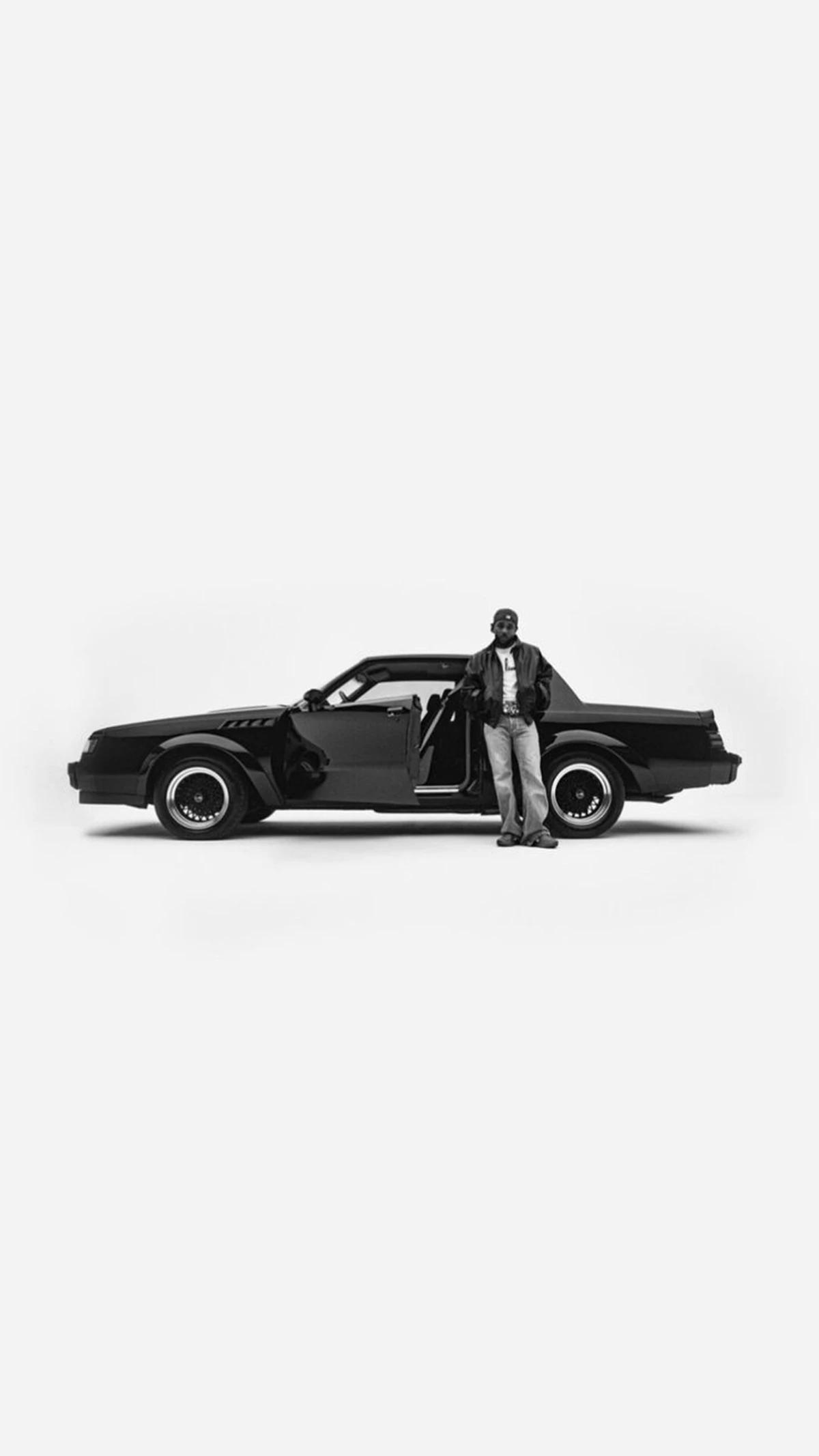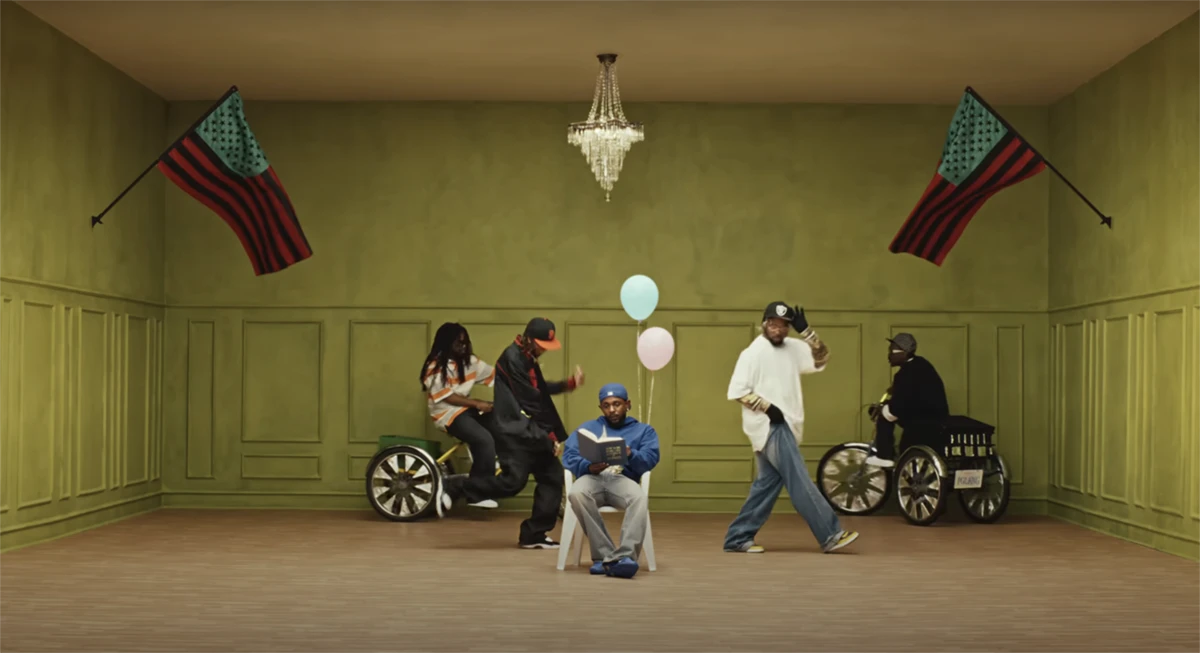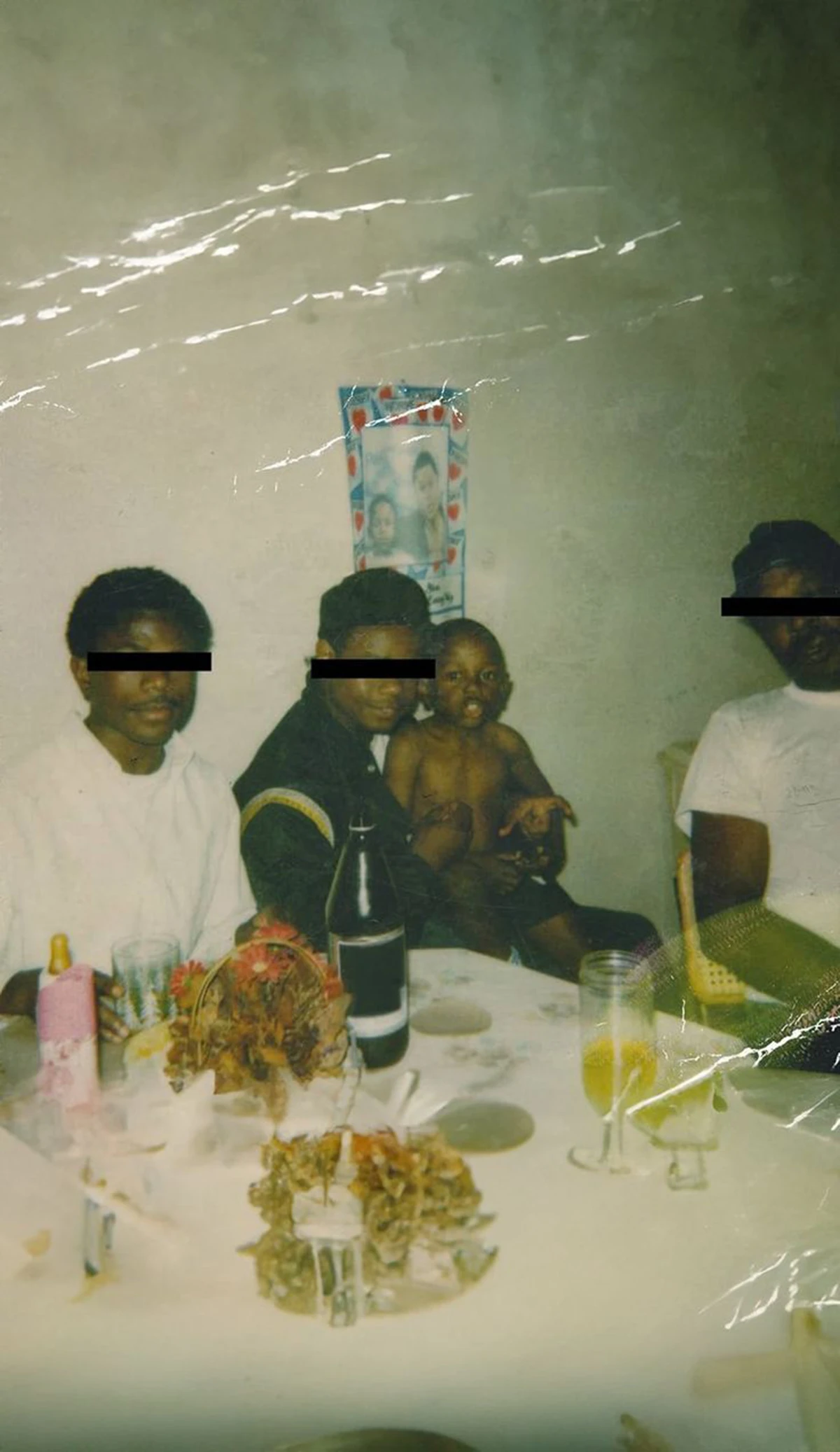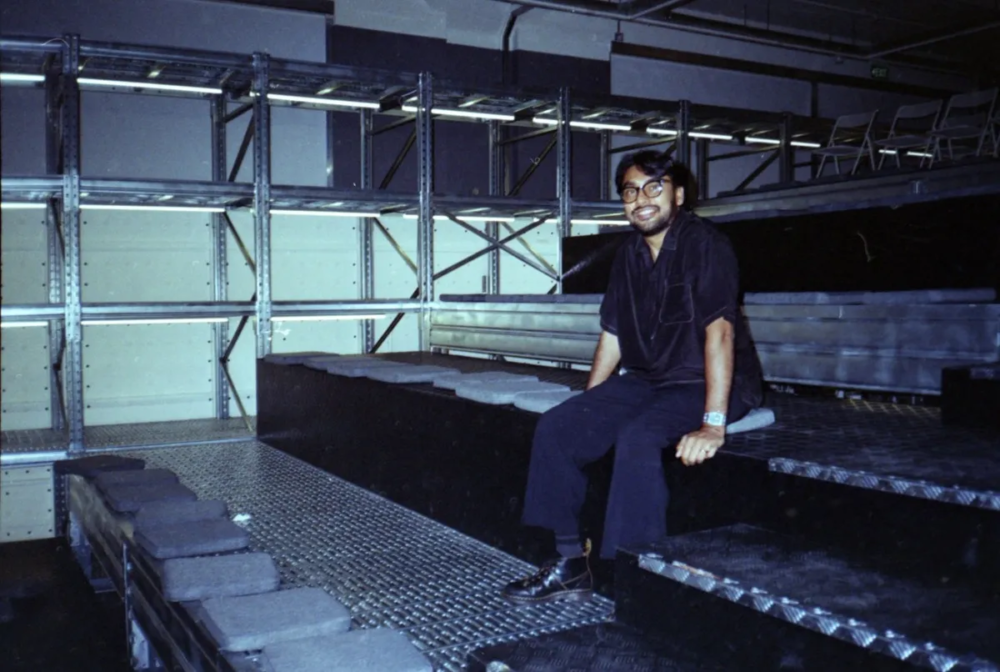
Don’t Mess with Kendrick Lamar
From Drake to Lil Wayne, many have tried to throw a wrench into the chrome wheels of the Compton rapper. The truth is, the only battle KDot has ever fought has been within himself
Super Bowl 2025: Kendrick Lamar Takes the Halftime Show (and the 2025 Grammys)
Kendrick Lamar took center stage with his performance during the Super Bowl 2025 halftime show, held in New Orleans—the hometown of one of his longtime rivals, Lil Wayne. With 130 million viewers tuning in from around the world during the break of the biggest game in American football, his appearance was more than just entertainment; it was a statement of his dominance in the global music scene.
Who knows if the GNX time machine had already taken Kendrick Lamar into the future to see what would happen in February 2025? Did he already know that Not Like Us would become the first diss track in history to win a Grammy—for Record of the Year, Song of the Year, Best Rap Song, Best Rap Performance, and Best Music Video?
Kendrick Lamar’s GNX: A Symbol of the Past and Present
GNX stands for Grand National Experimental, a sporty variant of the Regal model produced in 1987 by American automaker Buick in collaboration with Britain’s McLaren. It was built in a limited edition of 547 units. One of these was purchased by Kendrick Lamar this past March.
At first glance, it’s not big news: an American rapper buying a powerful car. Yet for Kendrick, the GNX is much more than just a gift to himself at the end of a tour. Its material value is infinitesimal compared to its emotional significance, so important that it became the title of his new album, released unexpectedly on November 22 under his newly founded pgLang Records.
The GNX, with its characteristic glossy black paint that earned it the nickname “Darth Vader” when it hit the market, doesn’t just appear on the cover with its proud owner, flaunting a belt of handmade pins by Eli Russell Linnetz, another creative from Los Angeles. GNX is literally the glue between the tracks, the concept around which the entire album unfolds.

The ’80s and ’90s West Coast Sound in Kendrick Lamar’s New Album
In a 2012 interview with Complex, the Compton rapper recounted that it was his father who introduced him to rap, who at the time was affiliated with the Gangster Disciples organization. “When I was born, they brought me home from the hospital in an ’87 Buick Regal while my dad was blasting Big Daddy Kane on the stereo.” In that hot June of 1987, the GNX was for KDot like the stork in children’s fairy tales—a 300-horsepower stork that, legend has it, could leave even a Ferrari F40 eating dust in a quarter-mile drag race.
“Life can get very hard, no matter where you are,” read the caption when he uploaded photos of his new purchase on Instagram in March. “I never choose which stories to relate to. They’re all relative. But as my mom used to say: ‘To each their own.’ But in moments of confusion, the best thing you can do is find a GNX. To make you realize that in life, the only thing that really matters is the original manuscript.” Sure, you can’t expect a Pulitzer Prize winner not to speak in metaphors now and then. But here it’s pretty clear that the car was a solution for Kendrick.
GNX: Nostalgia and Spirituality in Kendrick Lamar’s New Album
The object saved the subject from confusion, providing him with one of the most coveted gifts in human history: the ability to travel through time. The Buick is a great leap into the past, into the childhood of a solitary but extremely brilliant child, with top grades in school despite the minefield of temptations that young people from disadvantaged urban neighborhoods usually face. For a certain period during adolescence, Kendrick even yields to these micro-criminal temptations, to the hedonistic allure of gang life like his father’s. Fortunately, thanks to his father’s experience, young KDot is brought back onto the right path.
The Meaning of the Buick GNX for Kendrick Lamar
In all this, the leap into the past is not only personal but also objective, from a sonic point of view. From the synths to the drum machines, the rhythmic structure of GNX is sparse, minimal, and decidedly influenced by the West Coast sound of the ’90s and even the late ’80s. “Squabble Up,” one of the most striking examples, combines a slew of clearly ’80s sounds like the bleeps of the Roland TB-303 with the vocal sample of “When I Hear The Music” by Debbie Deb, a 1984 hit. In the video, some actors are openly dressed as if they’ve just walked off the set of Miami Vice—long mullets and shoulder pads on oversized jackets.
The entire album oozes Californian vibes: it opens with Spanish verses sung by Deyra Barrera, a Mexican singer whom Kendrick discovered by chance while attending one of her performances before a game of his favorite baseball team, the Los Angeles Dodgers. Barrera appears again in “Reincarnated,” a typical G-funk (or gangsta funk) track from the West Coast that could have come from a Tupac album, but it showcases the less typical form of a dialogue between the artist and God, both interpreted by Kendrick himself. But we’ll get back to that.

Kendrick Lamar: The King of Global Rap
Don’t mistake GNX for a mere nostalgia trip. Kendrick Lamar’s new album isn’t a Proustian madeleine, or at least not just that. Rather, the squared and elongated silhouette of the Buick serves as a time machine, much like the DeLorean in the Back to the Future saga. Its adventurous driver is allowed to surf not only into the past but also through the present and future.
The present is that of the greatest rapper on planet Earth. In a war for the throne where people self-sabotage (Kanye), compete in a different league (Tyler, The Creator), or succumb and then whine (Drake), Kendrick is a monster that cannot be measured or contained in any conventional space. A genius of verses and storytelling that earned him—a reminder doesn’t hurt—a Pulitzer Prize in 2017 for his fourth album, DAMN.
Kendrick Lamar vs. Drake: The Diss That Made History
The Kendrick-Drake dispute could warrant an article of its own. Perhaps one of the most sensational beefs in rap history, it began with a series of subtle jabs from Kendrick in 2013, and within three years, even then-President Obama had publicly taken a side—naturally, KL’s. The climax was reached in May 2024, first with “Family Matters,” where Drake accuses Kendrick of not being the real father of one of his children (but rather Dave Free, friend and co-founder of Top Dawg Entertainment), and then immediately after with “Meet The Grahams,” in which Kendrick, in turn, accuses the Canadian rapper of having a second secret daughter, being attracted to minors, and engaging in sex trafficking. From this point on, there was no turning back.
“Not Like Us”: Kendrick Lamar’s Diss That Unified the West Coast
Initially, we were all a bit disappointed by the low blows exchanged publicly by two rap giants (the ever-wise Vince Staples commented, “I think hip hop deserves better”), but with the arrival of “Not Like Us,” everything changed. No more innuendos but direct accusations, full names mentioned, but above all, a masterpiece—obviously crafted by our man—that definitively settles who won this diss saga. The success of “Not Like Us” was so overwhelming that it became the first diss track to be nominated at the Grammy Awards (2025) and even united historically irreconcilable Californian factions, namely the Crips and the Bloods, against a common enemy.
Here’s what Snoop Dogg had to say a few months ago regarding “Not Like Us”: “Let me explain what that track did: it unified the West Coast. It might have been disrespectful, but it’s hip hop, so it’s part of it. I didn’t choose a side because I have no cause to follow in this matter. It’s a grown man against another grown man. But it united the West and made people out there look at each other with more love. The Bloods made peace. And certain Crip gangs allied amicably instead of being enemies. So, that record united us on the West, and we should all be talking about it.”
Drake then tried to respond with another diss track, “The Heart Part 6,” appropriating the title “The Heart” that Kendrick has always used for a series of songs. But by then, it was too late. The people had chosen their king, and Drake couldn’t stand it. He even tried to complain to Universal, the major label under which both rappers are signed. In a letter written by Drake’s lawyers, he accused the label of illegally inflating the streams of Lamar’s single to devalue the Canadian rapper and consequently renegotiate his contract renewal downward. It’s hard to say what hurt more—the diss itself or the cold shower of Universal Music Group’s prompt response: “No series of absurd and contrived legal complaints can mask the fact that fans choose to listen to the music they want.”
Kendrick Lamar: A Genius Battling Himself
The fact is that Kendrick’s tormented artistic genius, his early urgency for creative output, was bound to eventually consume anyone who dared to stand in his way. The greatest battle Kendrick Lamar has always fought is within himself, against the greatest enemy that exists—himself. When, in “Man in the Garden,” he lists all the things he’s fought for and now enjoys, repeating “I deserve it all” like a mantra, it seems he’s saying it to all of us. But in reality, he’s addressing his self-sabotaging side, the one that triggers the so-called “impostor syndrome” in anyone who becomes famous and isn’t a total narcissist.
When, at the peak of the crescendo in “Reincarnated,” he portrays both himself and God in a face-to-face dialogue, the Father tells him, “You crushed a lot of people keeping their thoughts in captivity.” He replies, “And I’m ashamed that I ever created that enemy.” It’s clear that among the crushed people is himself first and foremost, oppressed and oppressor at the same time, in the same place that is his mind.
Claudio Biazzetti








